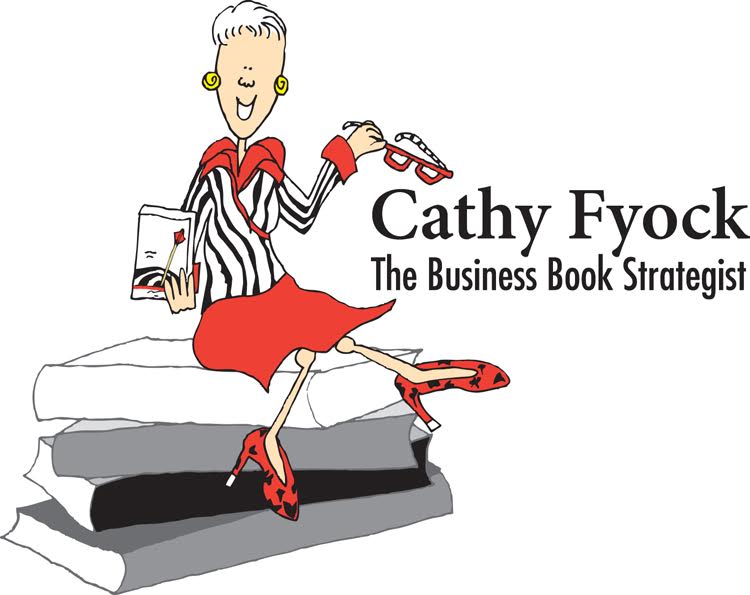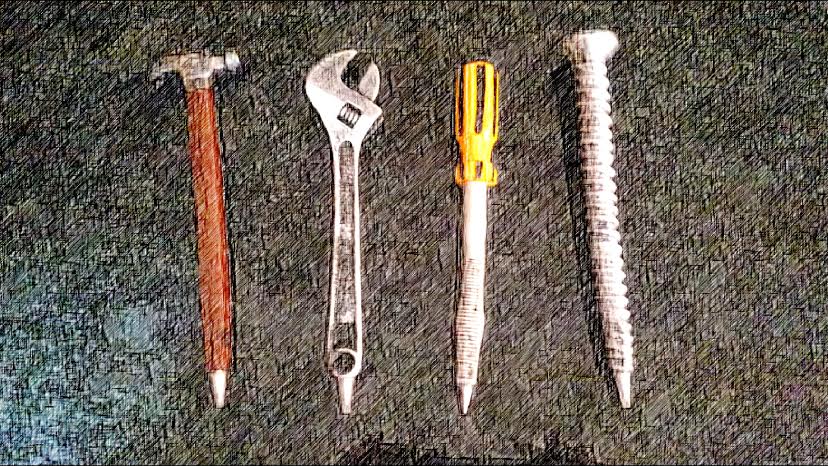I’ve heard many speakers say that writing is so much harder than speaking. When you’re speaking, you can use vocal inflection, intonation, pitch, gestures and body language, and a whole host of other tools to effectively convey your message.
But hold on a sec! As writers, we also have tools of the trade can we can use in writing our nonfiction and business books to allow our readers to quickly and easily learn about our topics. While some books are read cover to cover, many nonfiction and business books are designed to allow readers to grab the information they need. Since you can flip through the pages, readers can quickly gain an overview, then dig in deeper for the information they want. It doesn’t have to be a linear process.
In books we can provide the reader with more information than they need; we can permit readers to skim our content and find just the nugget that they need; we can provide breaks in text or headings to tell the reader where we are and where we’re going.
Headings break up the text and make your content more accessible. It’s difficult for readers to take in big blocks of content, and headings offer signposts that let them know where you’re going or where you’ve been. It’s also the sign that says, “If you want to learn more about this, this is where you want to read.”
Bullets and checklists are great for giving multiple options or steps for the reader to take. They are easy to read, and for that matter, easy to write. Be sure you use parallel construction.
Numbered lists can be used for step-by-step processes, or can be used as a tool to draw in your reader. Ever since David Letterman introduced his “top ten” list, we’ve been intrigued with numbered lists. Readers love to read about the “three steps,” “four ideas,” “six mistakes,” or “top ten tools.”
Changing the font lets your reader know that something different is happening. Perhaps you are introducing another voice, a quote from an expert, or drawing attention to a body of text. While you want to limit your use of fonts, making a change can highlight relevant information.
Bolded, italicized, or underlined type, like a font change, brings attention to your text. You might choose to highlight key points by bolding the ideas. You might italicize or underline a word for emphasis. Just like raising your voice or using a stage whisper, this change can alert your readers that they need to pay attention.
Text boxes or side bars can be used when you have a case study, example, or short vignette to share. It may be in a different voice or even contributed by another author. Boxed text can set apart your examples so that the reader can access it if they want a deeper dive into the information.
Visuals (graphs, photographs, maps, or tables) can help your reader see your vision. Just as PowerPoint slides can be used in a presentation to present complex data or take your listener to a faraway place through a photograph or image, you can also use visuals in your writing. Visuals break up the text and provide memorable examples for your reader.
Call-outs or pull quotes are becoming more widely used with the advent of Twitter, the social media tool that distills presentations into bite-sized nuggets of 140 characters. If you want your reader to understand or remember your concept in a few key words (and you’d also like your reader to tweet your message), offer tweetable call-outs highlighting your sound bites.
Links to on-line resources can provide benefits to readers who want to read “the rest of the story.”
Quotes at the beginning of a section or chapter or sprinkled throughout your writing give credibility to your writing, and help the reader link your concepts to something they may have heard before. Quotes may be famous quotes (“Give me liberty or give me death”) or lesser known.
Index of terms and corresponding page numbers to find key items is helpful to researchers looking for pertinent facts. By offering an index you’ll make your book more useful for those who want to focus on specific issues.
Glossary is a helpful tool if the subject matter contains a lot of jargon, TLAs (three letter acronyms), or insider language. A glossary ensures that your readers are using the same definitions in comparing apples to apples.
About the Author section of your book should let your reader know who you are, your relevant credentials, and information on how to reach you. Consider your book’s purpose (e.g., get speaking engagements, be known as a thought leader, serve as a calling card) when writing your bio.
Letter to the reader can offer a personal note from you to your reader. It can be a heartfelt message, or can give your reader insights on your passion and expertise on your topic. It can also be an excellent tool to engage your readers.
Appendices can offer additional insights and in-depth information that doesn’t really have a place in the book itself. Appendices can include case studies, white papers, charts and graphs, or other detailed information.
Additional Resources can be a tool for your reader to learn more about your topic. It can include other books and scholarly papers, internet resources, business and professional journal articles, or other writing by other authors or from you. You might want to draw readers to your website by posting a link for updated resources, allowing you to keep these resources evergreen. It’s also an excellent way to capture your readers’ contact information if you have an opt-in or landing page.
Activities/Questions throughout your book, at the end of each chapter, or at the end of the book provide a tool for readers to process your content and make it relevant to their needs.
Forewords are typically written by a leading expert in your field who supports your work. This allows you to benefit from the celebrity of your expert colleague, and gives credibility and weight to your book.
Letter, email, or journal entry can add variety to your content, and can illustrate key points. These may be included in part or in their entirety.
While speaking may be easier than writing for some of us (including me), writing can offer unique ways to guide, inform, and educate your readers when you use these handy dandy tools!

